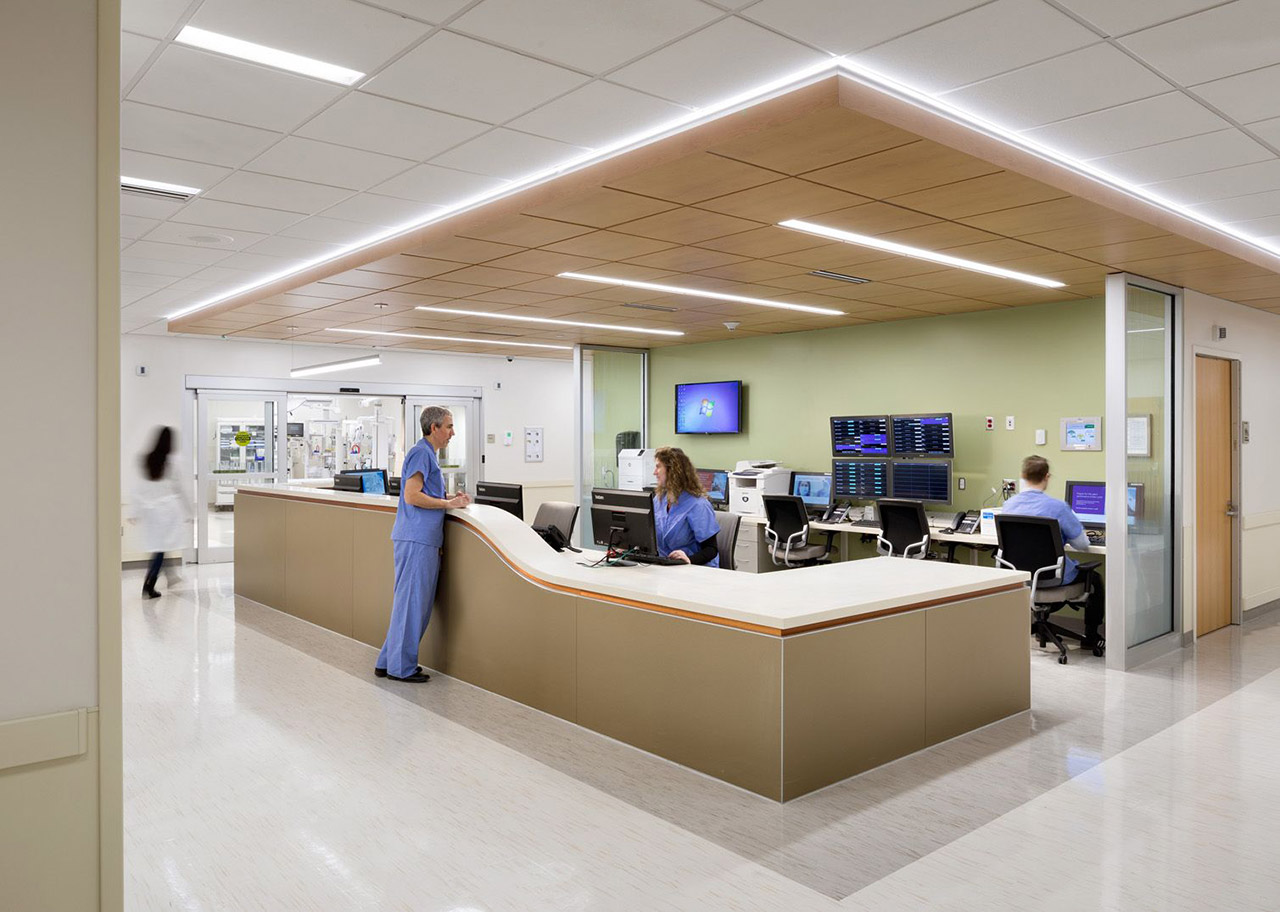Specialized Lighting Control Systems (KNX-DALI)
The proper management of lighting not only offers energy saving, but also has the ability to transform an installation. The ΚΝΧ is the most widespread standard worldwide for the management of lighting, with more than 450 manufacturers developing automation materials based on this standard. Our company designs, programs and implements lighting automation applications of complex and specialized requirements, always with a view to the aesthetic and qualitative upgrade of the installations.
What the KNX is
It is the integration of the electrical functions of a building into a unified BUS network which is programmed through specialized software, the ETS.
This technology allows the gathering of a wide range of functions of a building, such as the control of lighting, electrical blinds, heating, air conditioning, ventilation, handling of loads and consumptions, remote controls and central orders of any kind, into an integrated environment.
KNX Certifications
• Certified by CENELEC (the European Committee for Electrotechnical Standardization) as the European Standard for Home and Building Electronic Systems (EN 50090).
• Also approved as a global standard (ISO/*IEC 14543-3).
• Certified in China, class GB/Z to GB/Z 20965.
• Certified in the USA as ANSI/ASHRAE 135.
• Approved by CEN (EN 13321-1 regarding the media and the protocol and ΕΝ 13321-2 regarding KNXnet/IP).
Advantages of KNX technology
• Safety, precisely because we can control and monitor the areas.
• Energy saving, because it is absolutely possible to significantly reduce the energy consumed, due to its economical management.
• Most of the amenities and comforts.
• Flexibility because users decide when and how to operate the various appliances and installations.
• Easy adaptation of the installation to the specific and constantly changing needs of the users, without the need to change, modify or add wiring.
• Increase of the transparency of the installation.
• Reduction of the wiring and simplification of the installation.
• Absence of central control via a PC.
• Realization of central functions (e.g. central OFF).
• Implementation of complex operational scenarios.
• Features local remote control.
• Remote control of the installation.
• Common programming method (with the ETS software) for all the thousands of products certified according to ΚΝΧ.

